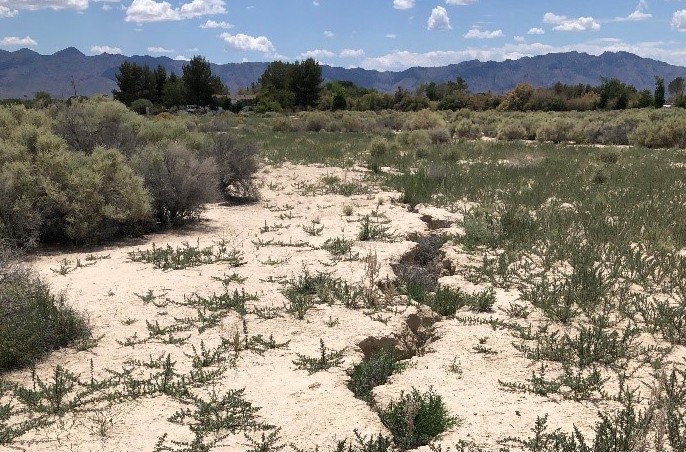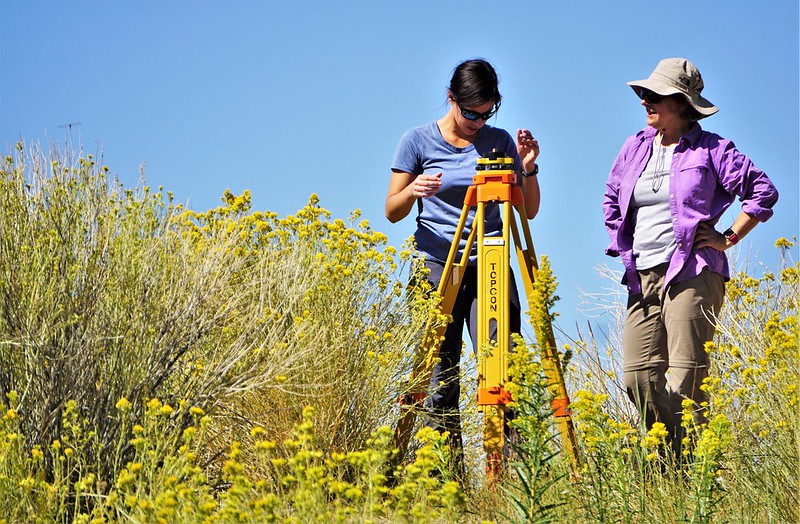As populations in the southwestern United States continue to grow, the demand on water resources also increases. One region experiencing this stress on its groundwater resources is Pahrump Valley in southern Nye County, Nevada. Pahrump Valley is one of the fastest...
DRI Launches Two New Projects to Study Hydrology at The Nature Conservancy’s 7J Ranch
Scientists will investigate water quality and flow in critical desert wetland habitat LAS VEGAS, NEV. (Sept. 30, 2019) —The Desert Research Institute (DRI) is pleased to announce the launch of two new research projects to study hydrology at The Nature...

